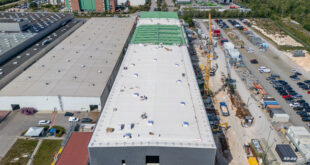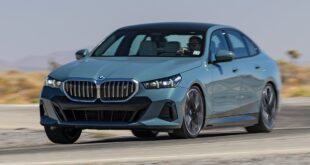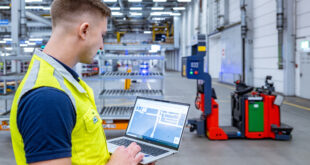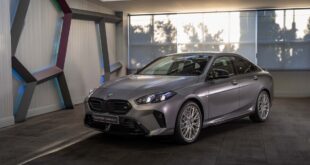The BMW Group has made big progress in their automated driving initiatives and the premium car automaker sees itself as being well equipped to meet the challenges of the next 10years.
Over the course of recent years, the BMW Group has already demonstrated the basic essentials needed for autonomous driving at various events. As long ago as 2006, a BMW 3 Series was already lapping the circuit at Hockenheim by itself, while automated prototypes from the BMW Group started undergoing road tests on the A9 motorway between Munich and Nuremberg in 2011. Since 2014, more advanced prototypes from the BMW Group have been equipped with 360° environmental sensing technology, giving them the ability to avoid accidents. 2014 was also the year that an automated prototype from the BMW Group drifted its way around the Las Vegas Speedway for the first time, proving that even driving at the limits of performance is within the realms of possibility. Automated vehicles are now even capable of parking themselves when prompted to using simple gestures (automated valet parking).
The BMW Vision Next 100 is a visionary vehicle that incorporates all of these functions, at the same time as helping owners to manage their daily routine. The BMW Group has in the meantime gone one step further: as a result of its acquisition of a stake in HERE in 2014 and it collaborations with Intel, Mobileye (since 2016) and other partners, the BMW Group has given the go-ahead for developing the BMW iNext for series production.
The BMW Group and its partners are working together on standards, platforms and a backend for the future of automated driving and would be delighted to welcome new partners into their alliance at any time.
Today, BMW is already at level 2 of the five levels of automation that they want to achieve. Here is a summary of what’s next in line:
Level 2 (today):
Driver assistance systems as preliminary stage of automated driving. The driver is responsible for the task of driving at all times (hands-on detection).
Level 3 (starting from 2021 with BMW iNext):
Once level 3 is reached, it will be possible for driver and vehicle to share the responsibility for controlling the vehicle for the first time. During highly automated driving in traffic that is moving in the same direction and is segregated from oncoming traffic, the driver will be able to perform secondary in-vehicle activities for longer periods of time or relax (eyes off). They must still be in a position to take over the task of driving again within a reasonable amount of time (a few seconds) when prompted to by the system.
Level 4 (starting from 2021 with technical provisos, BMW iNext):
Fully automated driving in urban traffic and – in a version with extended functionality – in traffic that is moving in the same direction and is segregated from oncoming traffic. The driver can sleep during long-distance journeys if necessary. The key difference compared to level 3: the time span for taking over control again is far longer (mind off).
Level 5 (developments in parallel to levels 3 and 4 probably possible post-2020 in the form of pilot projects):
Autonomous driving, steering wheel and pedals no longer absolutely necessary, passengers sit in the vehicle without any involvement in the task of driving; driving licence not required (driver off). Assuming the vehicle is fitted with pedals and a steering wheel, the driver may take over the task of driving if they wish but will never be obliged to do so.
 BMW.SG | BMW Singapore Owners Community The Ultimate BMW Community – Established Since 2001
BMW.SG | BMW Singapore Owners Community The Ultimate BMW Community – Established Since 2001

















